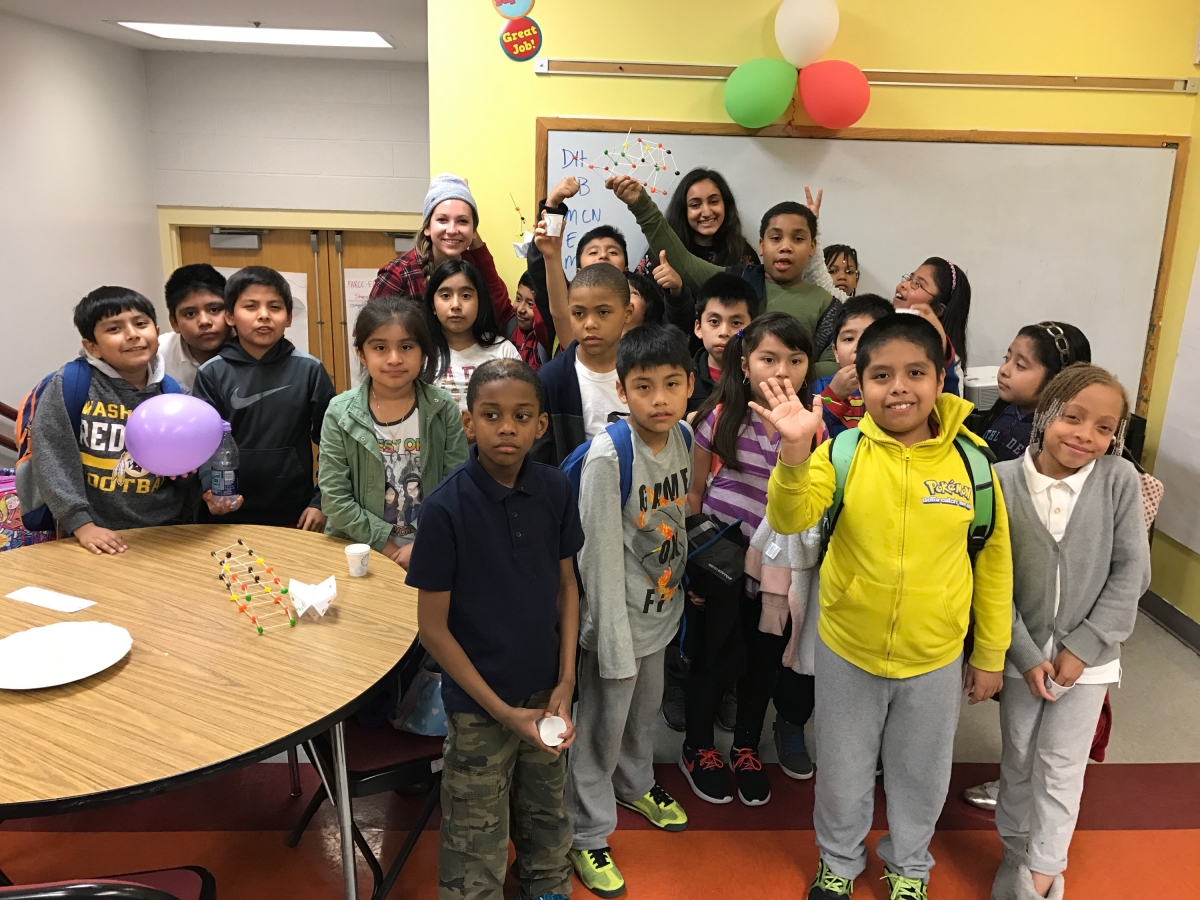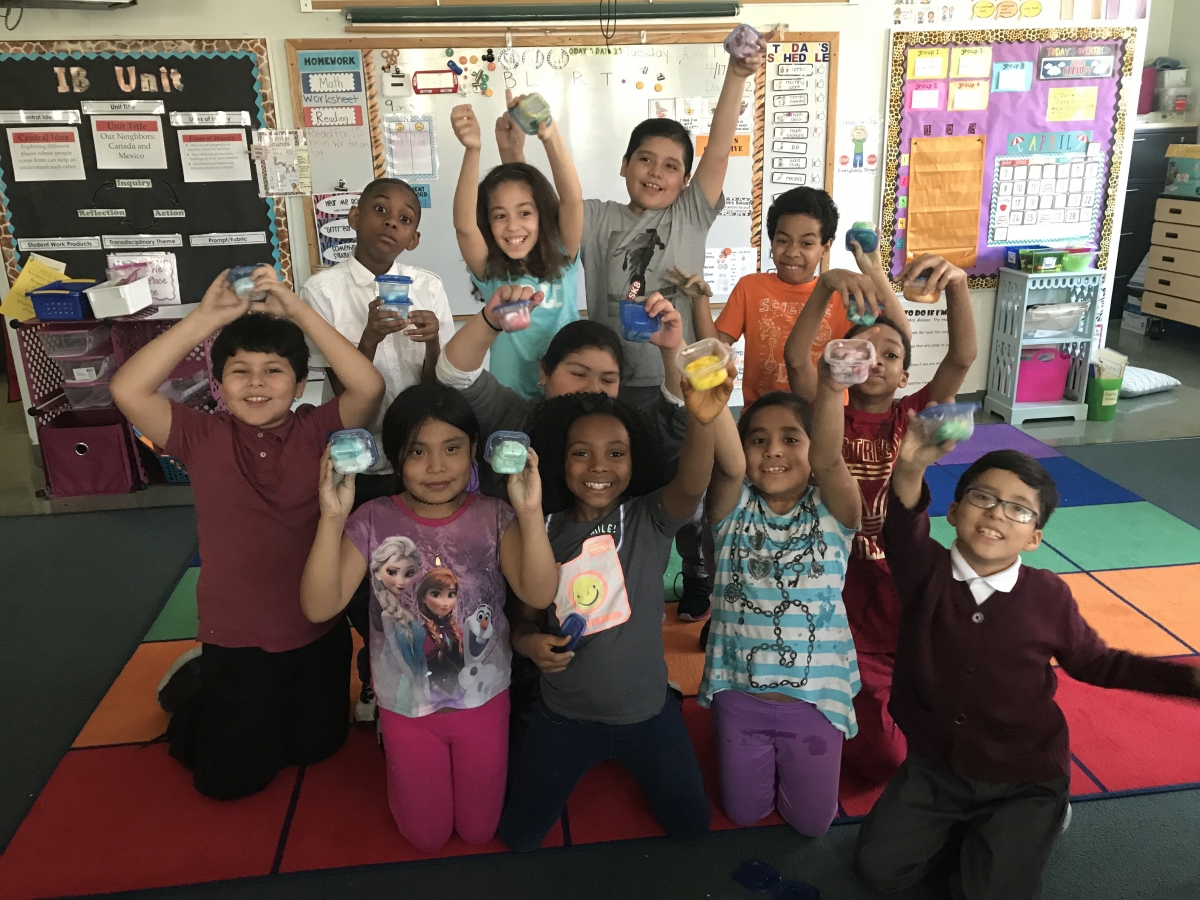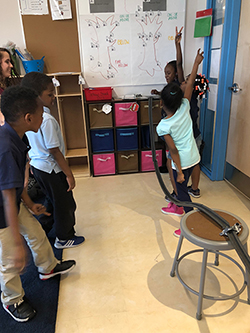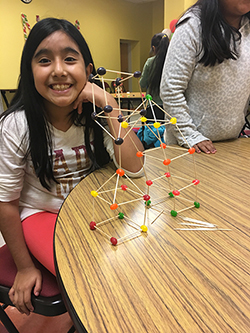


Roller coaster engineering
SEAS seniors Caitlin Carfano and Monica Kavathekar had an idea as freshmen to develop a free, after-school STEM education program for elementary students in the Washington, DC area. Their idea took root, and four years later the program has 30 student volunteers who lead STEM activities at five elementary schools throughout the academic year.
SEAS student volunteers lead the elementary school students through projects that use foam pipes and marbles for “Roller Coaster Engineering;” magnets, string, and paperclips for “Defying Gravity;” and popsicle sticks and marshmallows to build “Marshmallow Towers.” By bringing fun, after-school activities to kids, the SEAS volunteers hope to show them that “you can be cool and have a career in STEM,” says Monica.
The goal of the program is to de-stigmatize STEM for kids at a young age and to show them the potential of a career in STEM. In fact, even the name of the program, “Atoms to Astronauts,” is about potential. “The kids are small. They’re like atoms, and they have the potential to grow into astronauts,” Monica explains.

Student with a model of chemical structure
Caitlin and Monica are grateful to then-dean of SEAS, Dr. David Dolling, for supporting the program at its conception.
“When we started this program we needed funding because we wanted to make it free for the schools and the parents, so we went to Dean Dolling and he was very supportive,” Caitlin recalls. “He gave us advice on how we should structure it better and he also gave us funding for what we wanted to achieve. The funding was very fundamental because it really kick-started everything and it’s still flourishing.”
Seeing the impact of their idea has been gratifying to both Caitlin and Monica. “What I personally like best is when a kid finally is able to complete the activity, and they get that small dose of achievement. They say things like, ‘Oh my gosh, I did that. I’m an actual engineer.’ And they are. They’re doing the engineering process. They’re problem solving,” says Monica.

